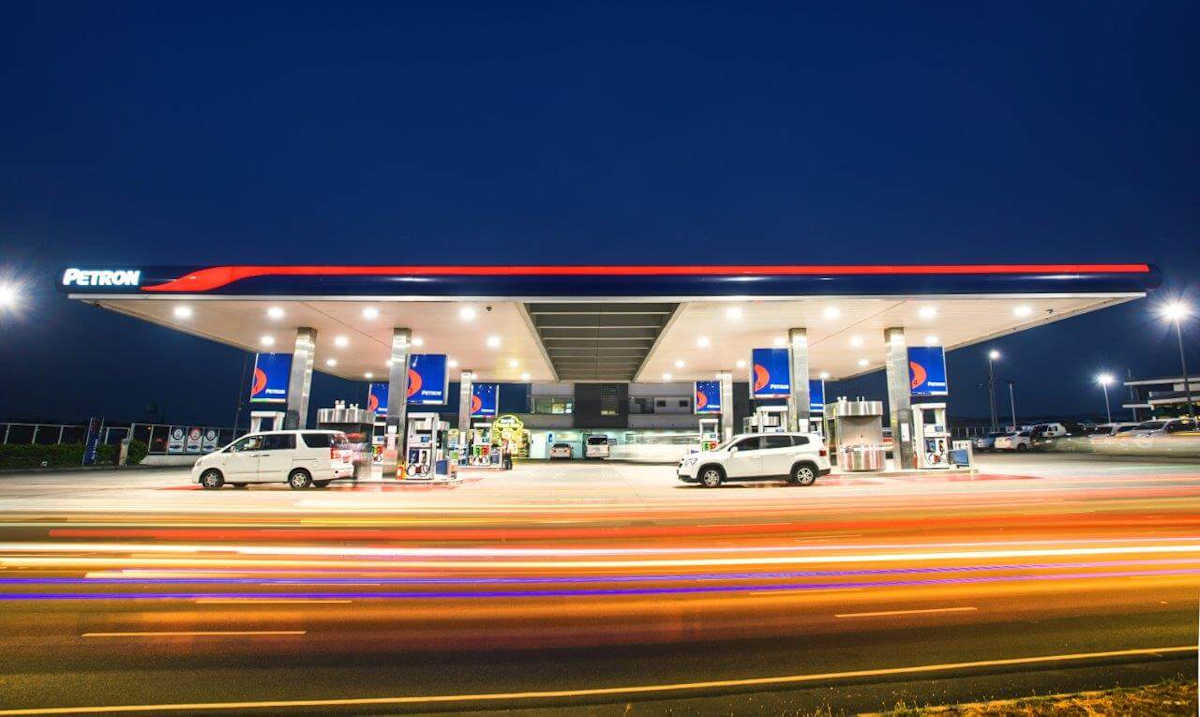Yesterday, the world woke up to the news that Saudi Arabia’s state-owned oil company, Aramco, suffered a drone attack which effectively halved the kingdom’s oil output overnight. Although the government there allayed fears of an oil price spike by drawing on their existing reserves, what could this possibly mean for the world’s oil prices and supply?
Today, oil prices surged as much as 18 percent, but went down after U.S. President Donald Trump said he has authorized the use of oil from their country’s emergency oil supply. Still, it settled at 10 percent higher overnight.
In a CNN article, Aramco said that their oil facilities were badly damaged and restoring production to pre-attack levels will take weeks, not days. Since Saudi Arabia produces about 10 percent of the world’s supply, analysts predict that if Aramco does gets back online quickly, the result would be a USD 2-3 per barrel premium; if not, the effect could be as much as USD 10 per barrel.
For its part, the country’s leading oil company, Petron issued the following statement:
“Petron Corporation regrets the recent attacks made on Saudi Aramco’s refinery facilities, affecting oil output on an international scale.
We wish to assure the public that there will be no supply disruption from our end. We have adequate supply to support our domestic requirements.
Meanwhile, we are closely monitoring the situation and hoping that normalcy will be restored soon.”Despite assurances that there will be no disruptions on supply, or an immediate affect on fuel prices, pump prices are up P 0.85 per liter for diesel and P 1.35 per liter for gasoline effective tomorrow, Tuesday, September 17, 2019.
These price hikes are unrelated to the situation that arose at Saudi Aramco, and are reflective of the movement of global oil prices.





No comments:
Post a Comment
Feel free to comment or share your views. Comments that are derogatory and/or spam will not be tolerated. We reserve the right to moderate and/or remove comments.